Exterior home renovations that boost curb appeal
Here are 7 exterior home renovation ideas for a range of budgets that can help to boost your home's curb appeal.
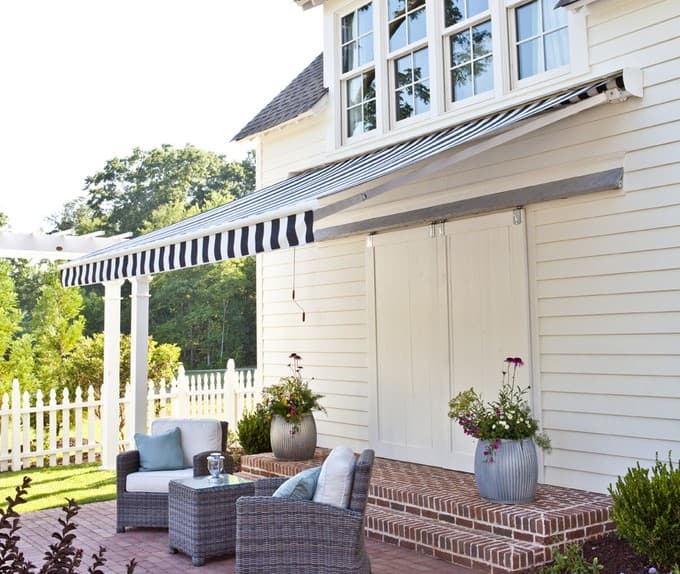
For homeowners, spring, summer, and fall are perfect times to tackle exterior home renovations. The great thing about owning a home is that you’re in charge – not every project has to be a major remodel (although those can be fun!).
In that spirit, we put together seven home renovation ideas for a range of budgets (both money and time). Whether you’re looking for a weekend DIY or planning to make big changes, these projects will help to boost your home’s curb appeal.
1. Install a retractable awning

A retractable awning can bring a pop of color and welcome shade to an exposed patio or deck, especially on a home’s sunny south- and west-facing sides.
What to consider: The awning has to be well secured to the home, and the fasteners must be properly sealed to prevent water penetration.
How to get it done: The complexity of the project depends on the height of your home and size of the awning you plan to install. Unless you feel comfortable managing both, hire a handyman.
2. Change up the front door
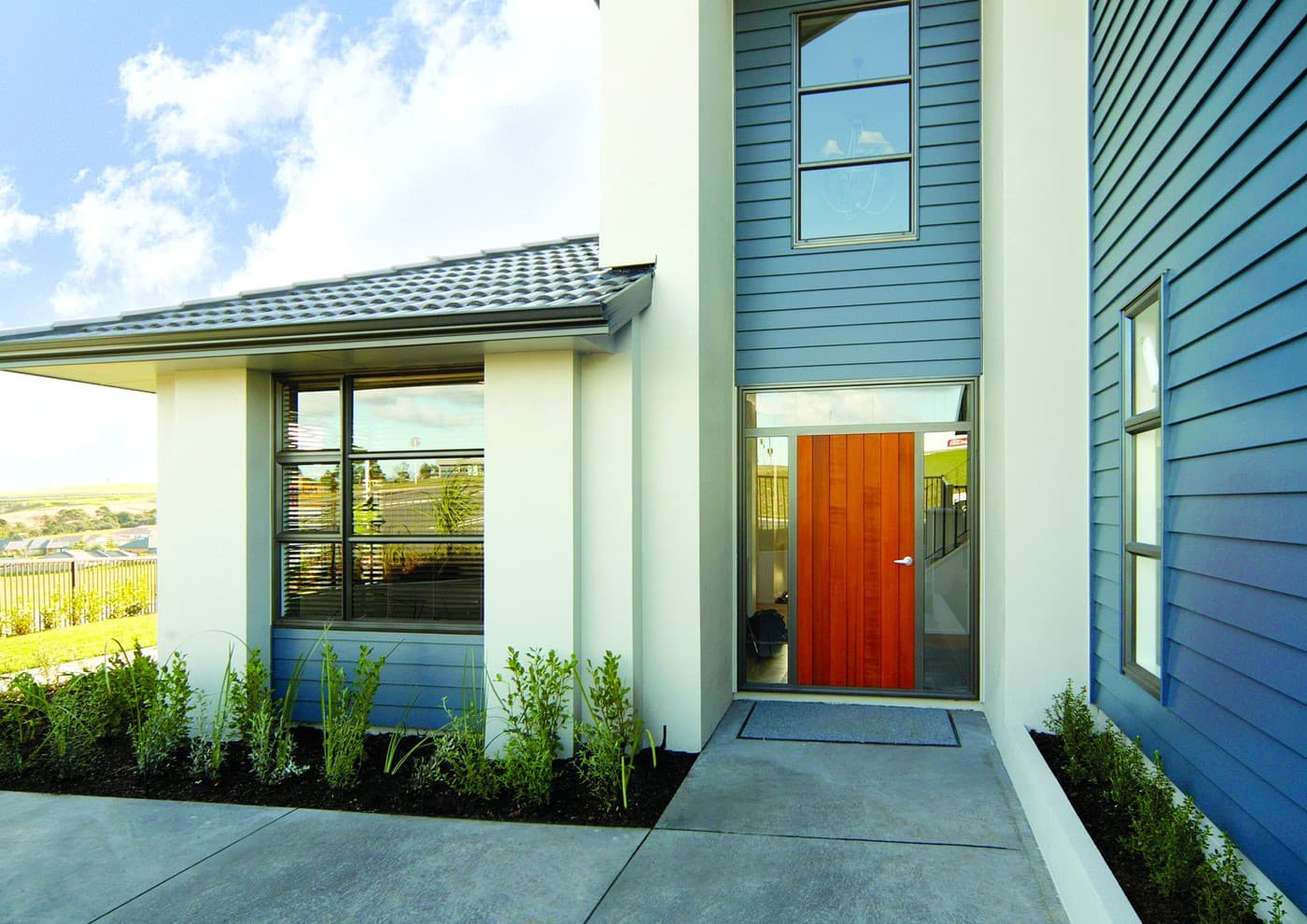
Does your front door make a statement? If not, refreshing the color or style can be a relatively easy way to change the look of your home’s exterior.
What to consider: When you replace a door, you also have to replace the frame and related components. Every part must be properly sealed and should neatly meet the floor, baseboards, and trim.
How to get it done: Because replacing a door involves interconnected parts and potentially some additional repair work, consider a handyman or contractor for the job. If you simply plan to repaint, you can tackle the project on your own — and use our guide to picking front-door colors as a resource.
3. Refresh your landscaping
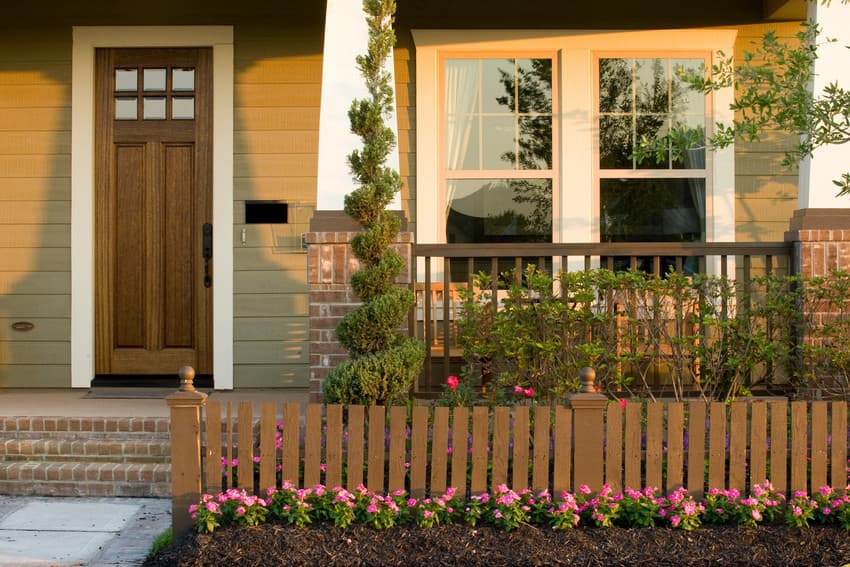
Even landscaping can go out of style. Luckily, refreshing your home’s flowers, plants, and shrubs is a project you can do little by little, rather than all at once.
What to consider: A shrub that looks perfect today may quickly grow to block a window or ruin a sidewalk. Be aware of the lifecycle of plants, bushes, and shrubs, and how their growth pattern may affect your home’s exterior.
How to get it done: Most homeowners can plant flowers or replace shrubs without help from a pro. If you’re considering a complete landscaping overhaul, a landscape architect or designer can help you choose the right plants for your climate, property, and taste.
4. Switch the lighting
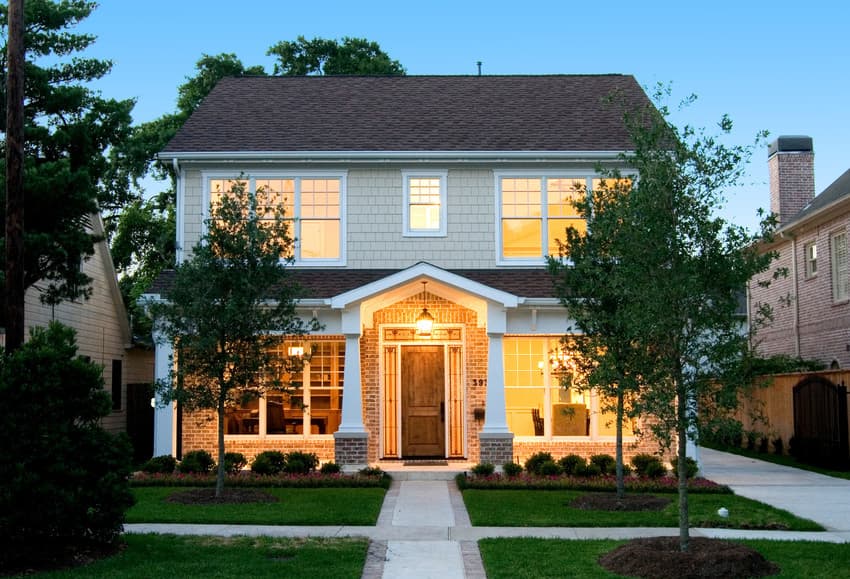
New lighting is another way to keep your home’s exterior on trend. Updating fixtures or installing structural lights can make a dramatic impact for a relatively small investment.
What to consider: Installing lighting isn’t always as simple as swapping out fixtures — you have to consider wattage and other safety issues. Consult with your lighting supplier and an electrician before you install something new.
How to get it done: When working with electricity, it’s best to hire an electrician. Not only do you want to avoid electrocution, but also any fire hazards.
5. Build a fence
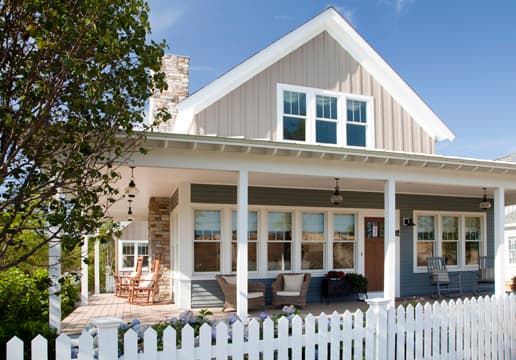
Whether your style is “picket” or “privacy,” a fence is a versatile exterior home renovation. Depending on the materials used, fences can be good landscape accents, increase your curb appeal, or increase the functionality of your property – whether that’s privacy or security.
What to consider: To build a fence, you typically need a permit and you’ll want to be sure it’s actually installed on your property, so it may be necessary to do a property survey. Contact your local building and zoning department for details.
How to get it done: A fence has to be perfectly level while your lawn is not. To make sure your fence will be straight and structurally sound, hire a fencing company or contractor to build it. Your local hardware store or landscaping supply house can likely provide recommendations.
6. Get new shutters
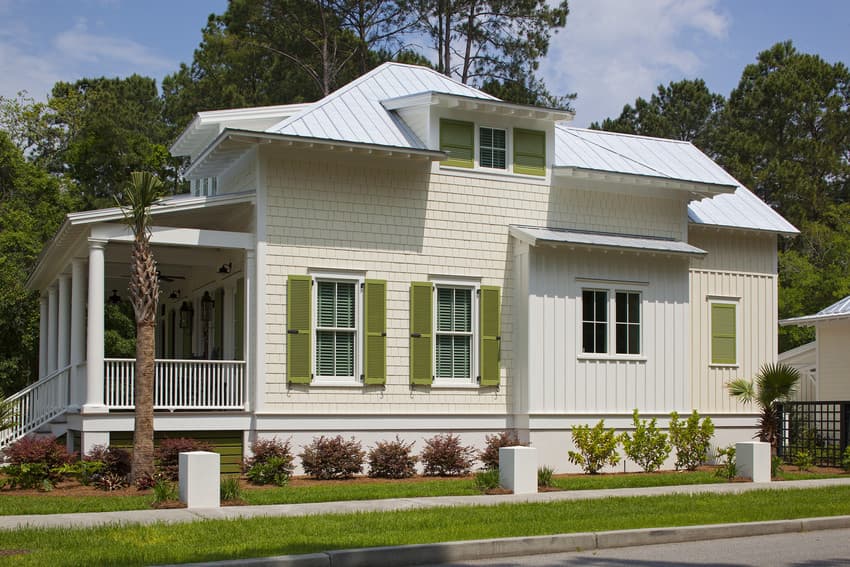
Shutters make a huge difference for not a lot of effort. These days, there are more colors and styles than ever for you to choose from.
What to consider: When selecting new shutters for your home, you have to consider the shutter color, as well as the material and dimensions. When shutters had to keep out the elements in the old days, they had to be at least as tall as the window and exactly half as wide. Now that shutters are mostly decorative, widths may vary.
How to get it done: Read our guide to selecting the perfect shutter color, then talk to a home exterior supplier to be sure you’re getting the right dimensions. To install, work with a handyman or contractor: Shutter fasteners have to be well-sealed so that they stay watertight.
7. Re-side your home
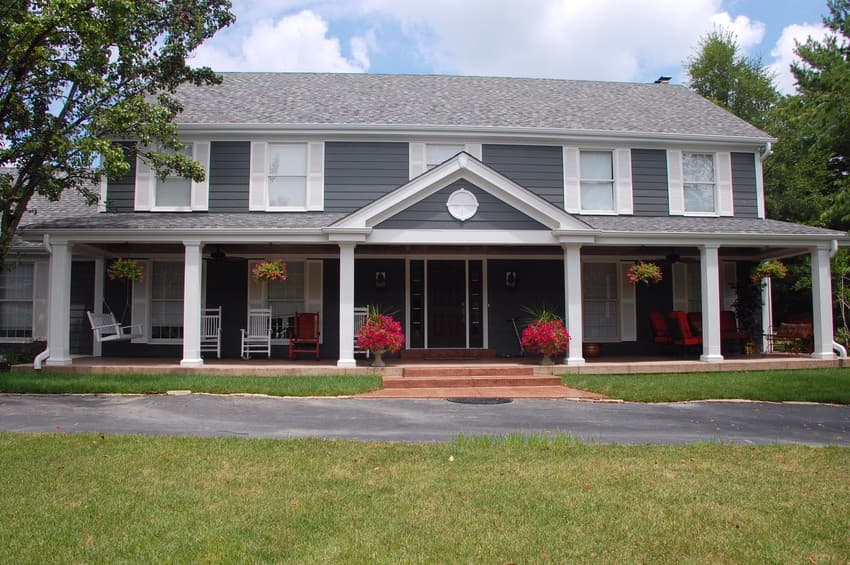
New siding is the ultimate exterior home renovation, and one that pays off for decades. Your home will be well protected from the elements and look like a million bucks from the curb. Plus, re-siding with fiber cement siding is one of the top ways to increase your home’s re-sale value.* Additionally, 91% of builders agree fiber cement siding increases a home's appraisal value.**
What to consider: Read our re-side guide to get a comprehensive take on what to consider as you start your re-side project. Timing, options, benefits, and contractor guidelines are the biggest issues to carefully review before you make a decision.
How to get it done: Because every home is different, every re-side project is unique. James Hardie works with a network of professional contractors across North America who are available to help you meet the particular needs for your re-siding project.
Remember, you’re the ruler of your castle – home improvement projects can be as small or as big as you want. The best way to handle them is one project at a time, so you continually add to the beauty, and potentially the value, of your home for years to come.
*Remodeling Magazine 2023 Cost vs. Value report data.
**Based on an independent survey of 240 single-family residential builders nationally – including James Hardie users and non-users.